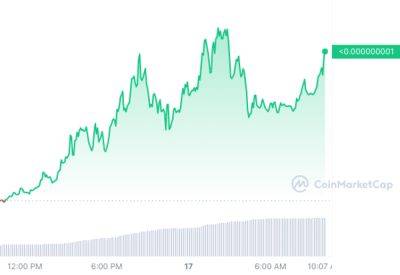The first-world debt crisis means you can expect more pain ahead
The huge volume of sovereign debt in developed countries (particularly the United States) is often exploited to promote questionable theories about imminent financial collapse.
However, the problem is real, and it has become much more acute due to interest rates rising in response to entrenched inflation.
The United States paid $475 billion for debt service alone in fiscal year 2022. According to some forecasts,the U.S. will spend more on debt interest payments in 10 years than on the military — and it is not sparing any expense on the latter. The U.S. is a prominent example of an emerging debt crisis, but the situation is not much different in other developed countries that have been printing money like there’s no tomorrow.
Is a debt default on the horizon? It’s unlikely in the short term. During the COVID-19 crisis, developed countries demonstrated their unwillingness to bear short-term blows, even if the applied “band-aid” implies significant costs in the future. Simply put, neither the elites nor the population are prepared for short-term losses.
However, the debt problem will not vanish. That means a gradual and prolonged deterioration of people’s living standards through inflation. This will happen through regular price increases and hidden inflation, such as reduced product quality and smaller packaging sizes.
Related: What will the cryptocurrency market look like in 2027? Here are 5 predictions
Various narratives can be used to justify this deterioration. The most “promising” approach would be to make poverty fashionable. The media — obedient in translating official narratives to become "trendy" — will be quick to tell us that we should buy “sustainable” goods instead of disposable ones; refrain from traveling
Read more on cointelegraph.com






















